by Jenny Richardson BHSAI
I am Equestrian Centre Business Manager here at Ireland’s Castle Leslie Estate; you can click on our main site www.castleleslie.com to see what we have to offer!
I love training, and am thrilled that the competition season in Ireland and elsewhere is firmly underway – we have many visitors to our extensive XC course with hundreds of lovely jumps of all types. I’d like to share some info about a specific type of jumping challenge. If you enjoy cross country schooling or eventing, you will undoubtedly come across ‘skinnies’, or narrow fences such as ‘arrowheads’, ‘coracles’ and ‘pimples’ in the course of your training and competing.
At least 10% of most XC tracks are said to be made up of either single skinnies, or a combination of narrow fences. Although jumping skinnies is all about accuracy, control and steering, it is also important that horse and rider trust each other! The horse must trust his rider not to ask too much in terms of his ability and experience, so jumping practice at home or at a XC schooling facility is essential. The following exercise will help you to hone accuracy by building the challenge up gently, without over-facing the horse; ask a friend or your instructor to help you in the manege.
Step 1
Place two jumping poles on either side of a jumping block – (also called ‘practice show jumps’ or ‘practice blocks’) – you could also use any other low-profile obstacle that is safe, such as an upright barrel; the poles are acting as guides or wings. Start with the poles quite wide, but angled slightly towards you, rather than being completely horizontal. Approach positively, with a short, contained canter, and treat the fence as normal – aim for the centre of the fence and look up and ahead.
Step 2
Move the lowest end of the poles towards you, so you are creating a triangle shape, with the block as the point. Your horse has more opportunity to run out as the angle of the poles increases, so work on keeping the horse straight between your hands and legs. Widen your hands if required to help ‘channel’ the horse in, and approach from a positive canter.
Step 3
Move the ends of the poles closer together, so the angle is more acute – you can now build the exercise up, ultimately creating a narrow approach. Bear in mind the horse will be more inclined to run out, so keep your straight line and use lots of leg to give confidence and help the horse to stay on the line. Maintain your contained canter, rather than allowing the horse to ‘flatten’.
Step 4
If your horse is experienced and comfortable jumping in narrow spaces, move on to placing two lightweight, upright wings (modern plastic ones are ideal, rather than the solid, heavy versions), either side of a barrel or similar narrow obstacle, with no pole on top. Start off with the wings a little further apart, and gradually bring them closer. This is very challenging, as the horse has to trust that this is a safe space to jump through. Approach as above.
Top tip
This last exercise is great practice for the jumping real arrowheads at an event, which will have flags either side of the obstacle, which can help guide the horse in. Short, broken wooden poles can also be used in place of the long poles, if they are safe to use, to present even more of a challenge.
For articles and info on equestrian matters please visit our friends at www.pegasus-magazine.co.uk . Visit the site to Discover More and read horsey articles.


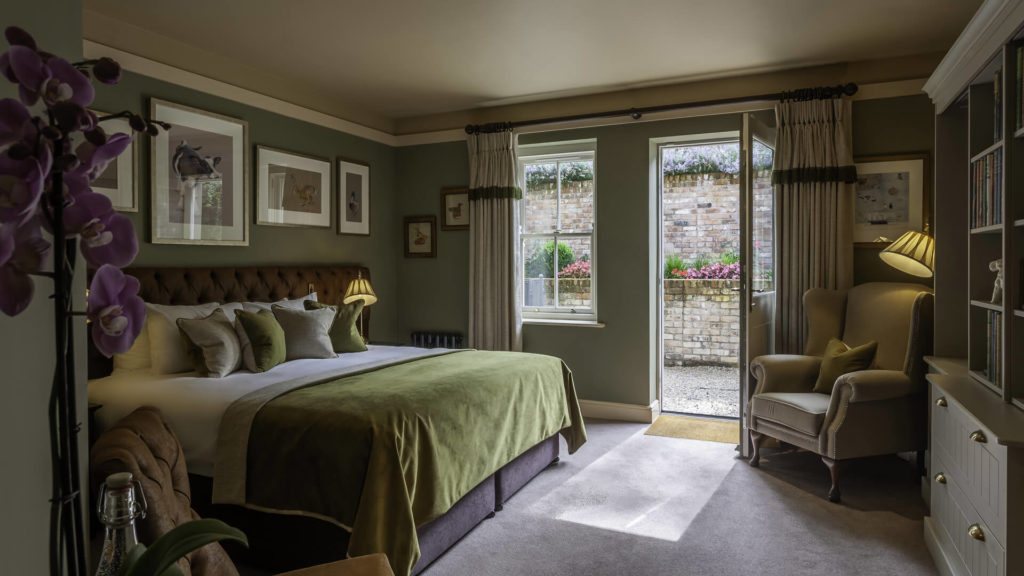
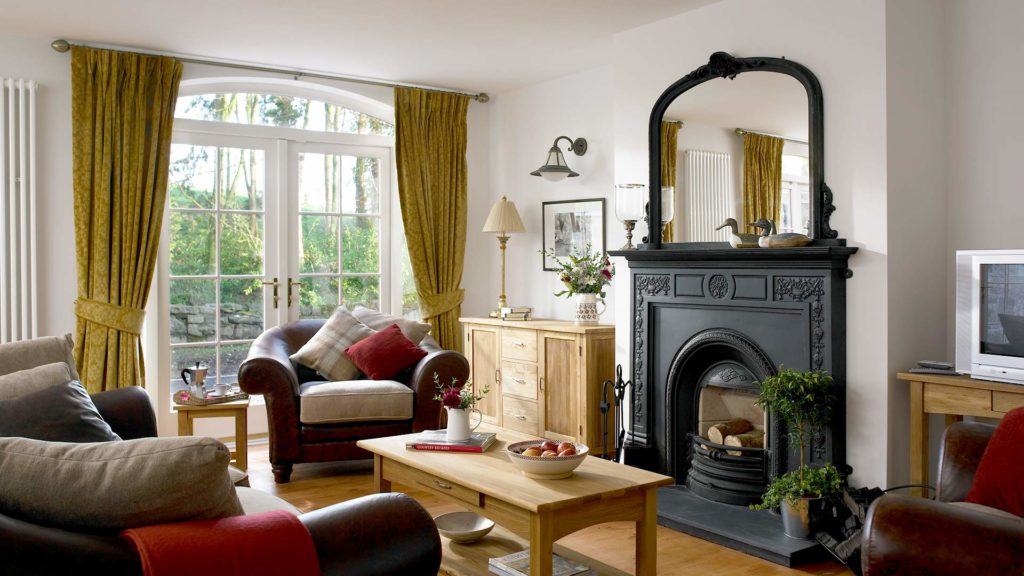
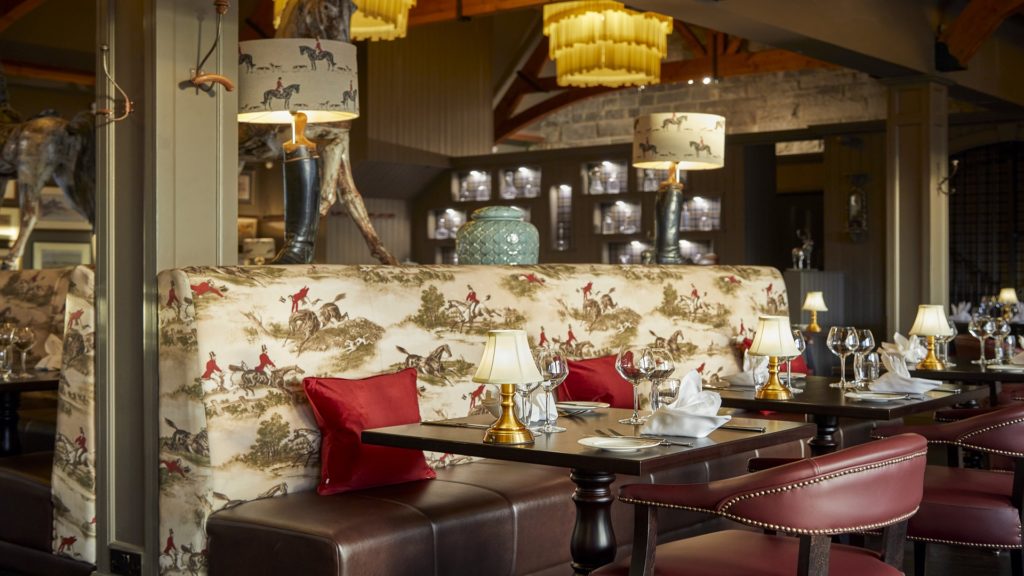
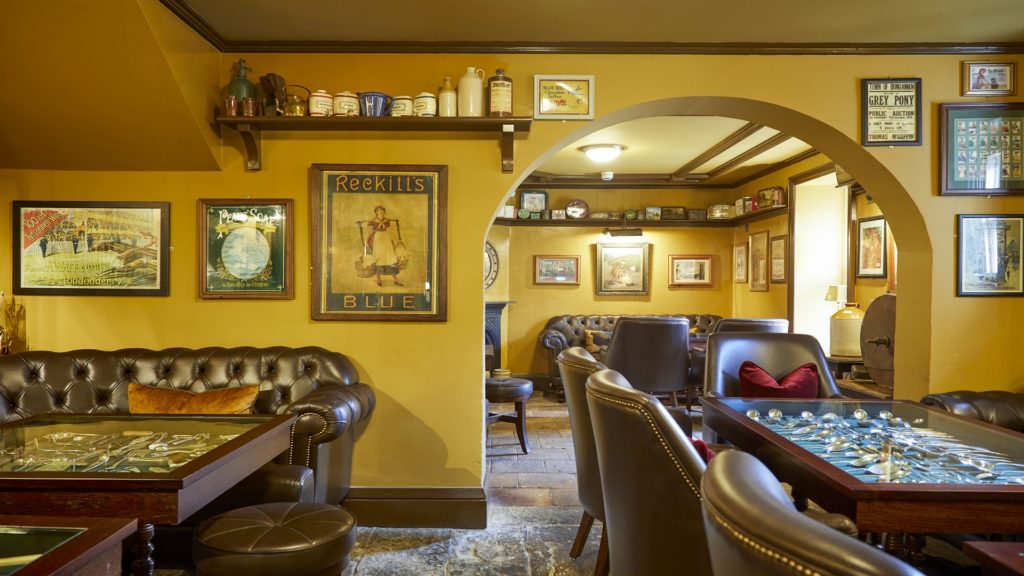
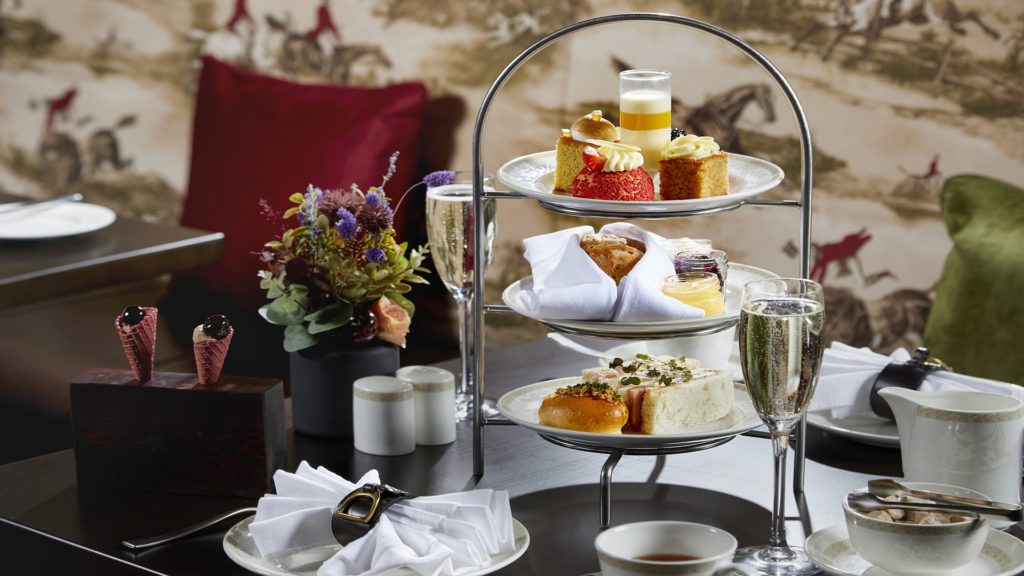

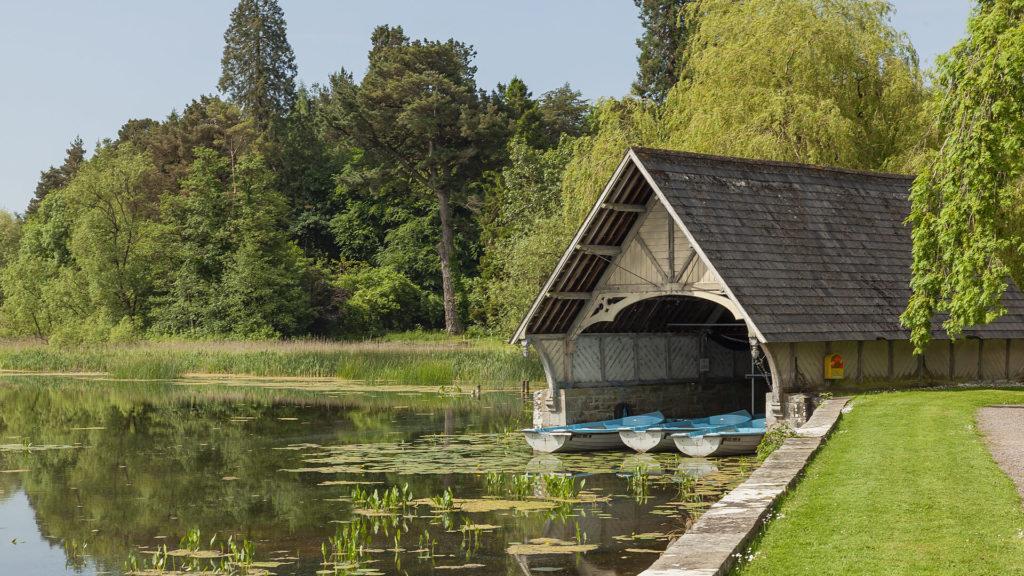



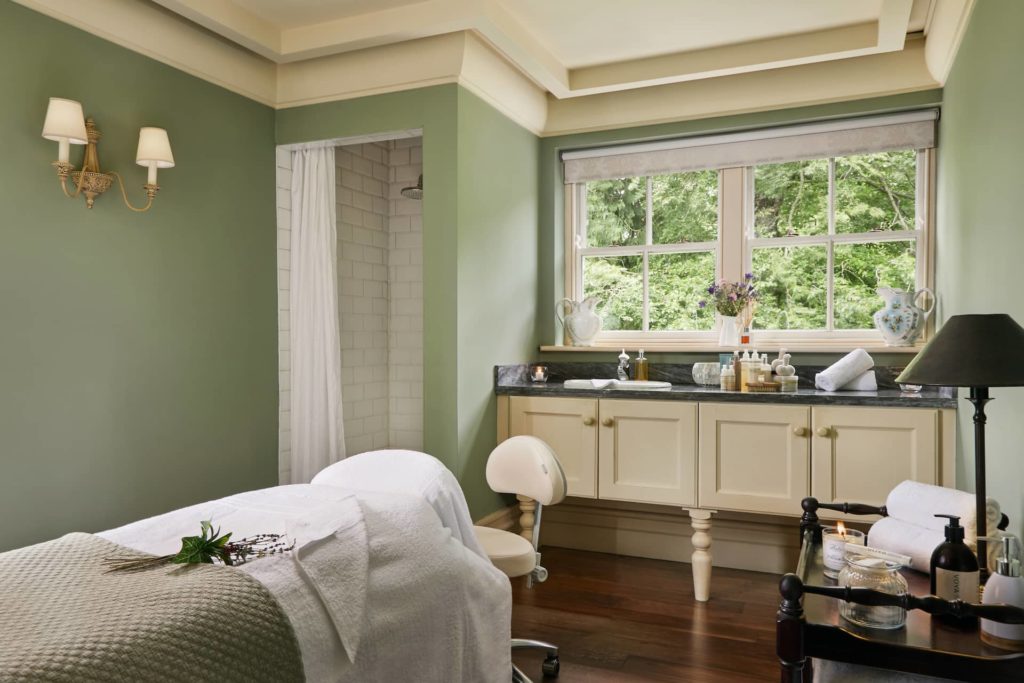

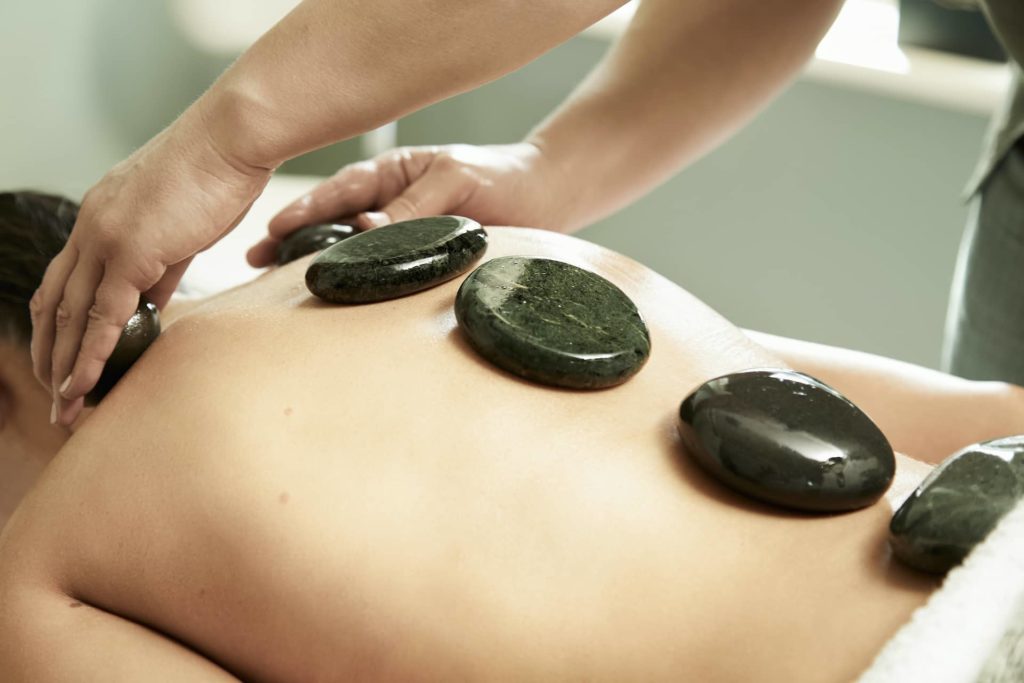
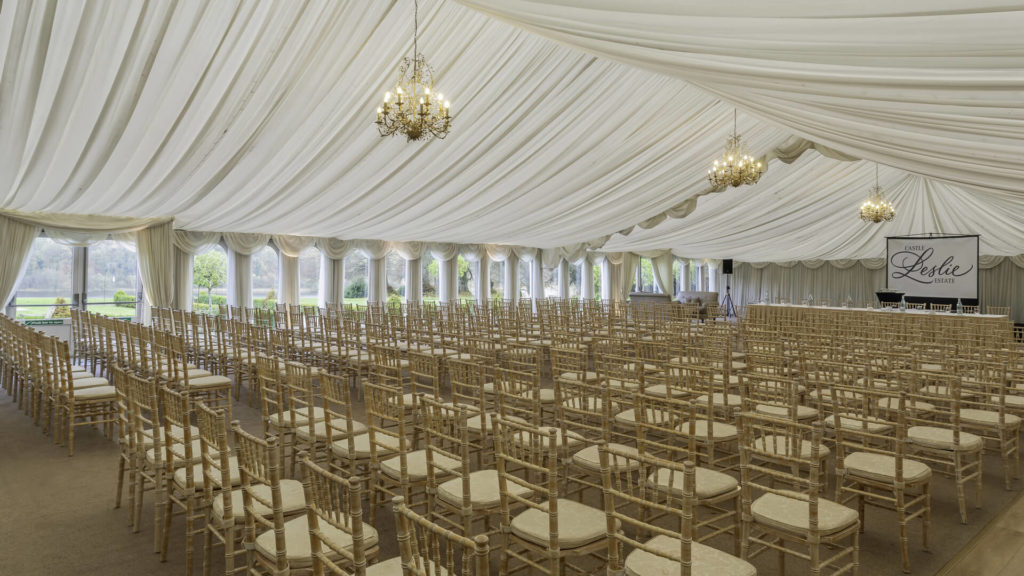
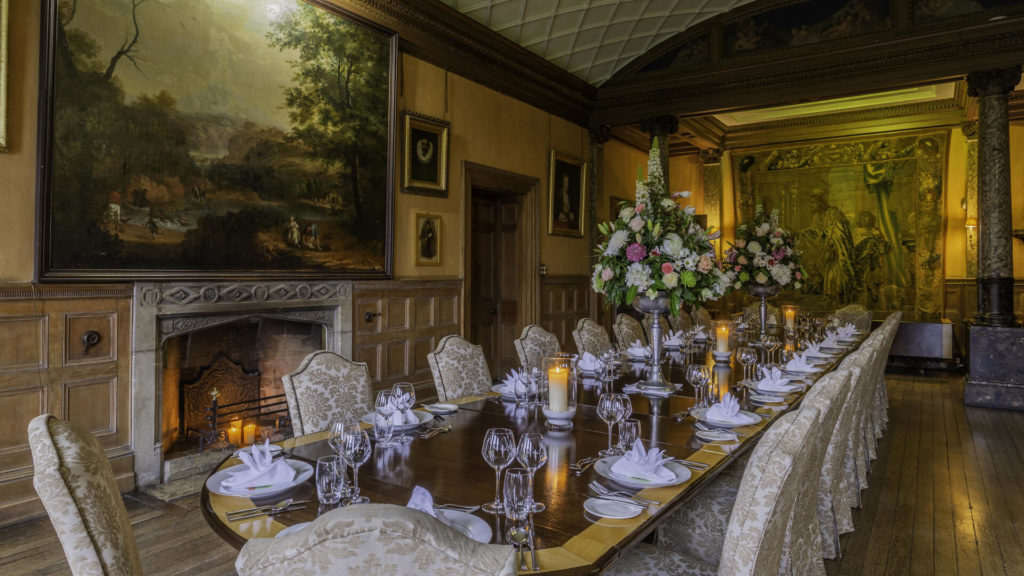
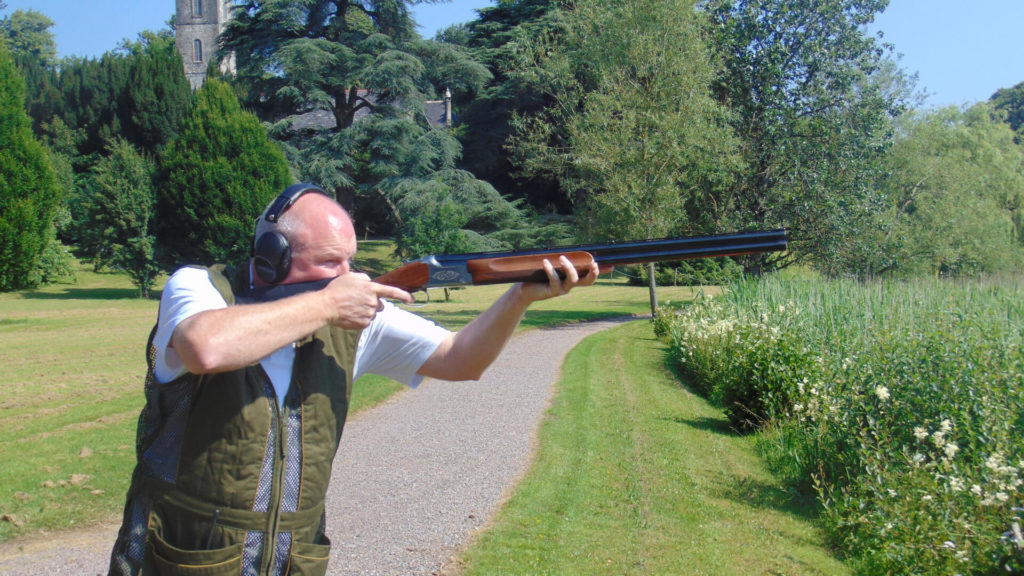
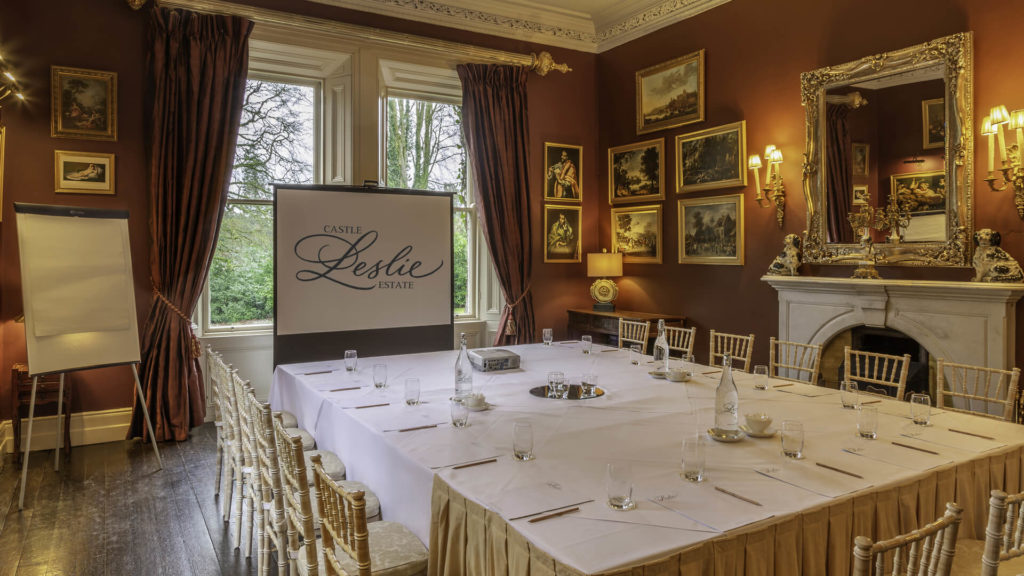



Recent Comments